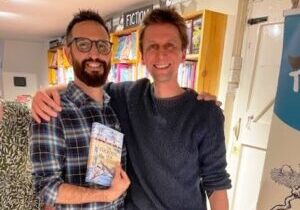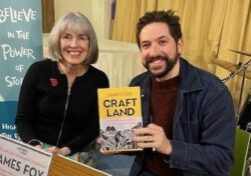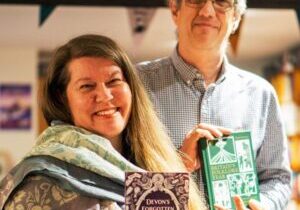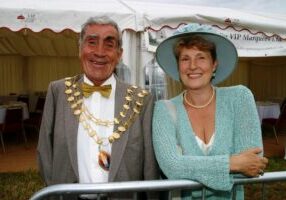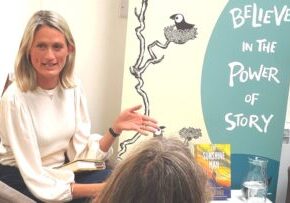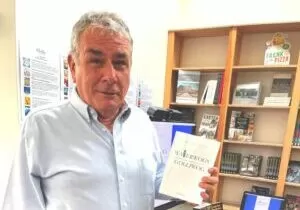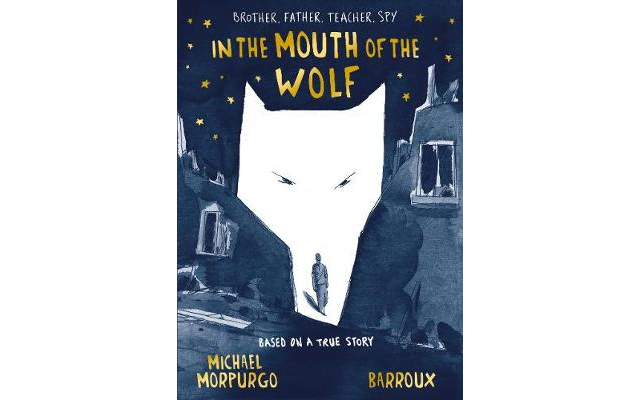
REVIEW
In the Mouth of the Wolf
Michael Morpurgo & Barroux
June 15, 2018
Blog > Reviews > In the Mouth of the Wolf
In the 1950s, Francis Cammaerts was Headmaster of Alleyne’s Grammar School for Boys, Stevenage. His authority was never in question. Imposingly tall and military of bearing, he never spoke of his own part in World War II. So pupils and staff were astonished one evening to find their Head was the subject of Eamonn Andrews’s hugely popular television show, This is Your Life. They learned that their reticent Headmaster had been one of the most effective agents in the Special Operations Executive, parachuted into Southern France to work with the French Resistance, disrupting the operations of the German army. The next morning the school cheered him into Assembly, no doubt much to his embarrassment.
He occupied leadership roles throughout his life – in the War, then in Education, including running teacher training colleges in Africa and, closer to home for us, a spell in the 1970s in charge of the highly-regarded Rolle College in Exmouth.
He was also the uncle of our Bookshop’s patron, Sir Michael Morpurgo. Michael has long acknowledged the debt he owes to his two uncles, Francis and his brother Pieter – for the values and example they bequeathed to him when, as a small boy at the end of WWII, he learned a little from family stories about their parts in the conflict. Without them, there might have been no War Horse, no Private Peaceful. Francis had been a conscientious objector at the outset of the war, but the self-sacrificing death in a plane crash of his brother Pieter, a Sergeant Navigator in the RAF, set him on the path which led to his role in the SOE.
Michael Morpurgo’s new novel, In the Mouth of the Wolf, finds Francis, aged 90, living in a village in the Languedoc. Francis tells his own story, beginning with the birthday party the village had organised earlier in the day in his honour. As he lies in bed that night, he summons up seven people who helped to shape his own life during the War. In his mind, he speaks to each of them – his father, his brother Pieter, his wife Nan, whom he met when she worked alongside him on the Lincolnshire farm where he’d been sent as a pacifist. Then he thinks of Harry Ree, the friend whose career as a co-ordinator in the Resistance and in postwar Education paralleled his own – it was Harry who first pointed him towards the SOE. He remembers comrades in the Resistance: his courageous radio operator, Auguste; Christine, the Polish countess, whose daring saved him at the last minute from the Gestapo firing squad; and Paul Heraud, whom Francis called ‘freedom fighter supreme’.
Francis’s memories provide an accessible framework to take young readers (maybe around 10-14) through the narrative of Francis’s war, many pages enhanced by images from the distinguished French illustrator, Barroux. Young Adult and adult readers might move on to Ray Jenkins’s excellent biography, A Pacifist at War, (Arrow, £10.99 pbk) which offers detailed – and revelatory – accounts of Cammaerts’ war, as well as recording his subsequent career as an innovative educator.


